Written by Pinnacle Ambassador Ryan Siacci.
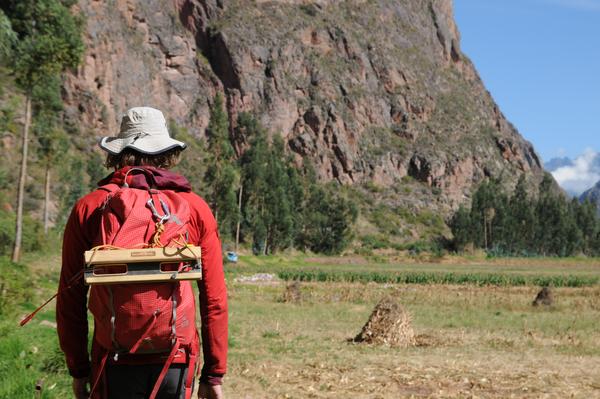
Let me be upfront in saying that Ross at Awesome Woodys was kind enough to donate a Cliffboard Micro to Zen and the Art of Climbing for our South American adventure, so consider yourself forewarned in the unlikely event of journalistic bias. That said, if you’re a regular reader (or even an irregular reader) of that page, you’ll probably have noticed that I’m not one to shy away from an opinion. As such I’ll be giving my best attempt at an honest appraisal of the Cliffboard range. Fortunately for all concerned, I have essentially nothing negative to say about these pieces of wooden wonderment.
Since 2011, Ross Ferguson has been providing “sending power for the people” with his range of locally-made training tools. These have grown to encompass parallette bars, elephant balls, pinch blocks and his flagship product, the mighty Cliffboard. The latter come in four different variations, and Josh Worley of Vertical Year and I were given a Cliffboard Mini and Micro respectively. We have now had approximately 6 months to put our own boards through their paces, as well as an opportunity to test each other’s board. Here’s what we think of them…
Overall Impressions
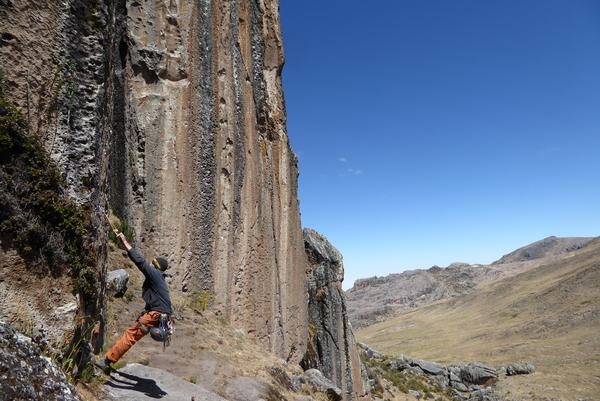
Probably the best thing about the range of Cliffboard products is that Awesome Woodys athlete and Pinnacle guide Alex Mougenot is “contractually obliged to personally bless your Cliffboard with a kiss upon request.” I wish I had have known this before I left Australia, but you can bet your bottom dollar I’ll be exploiting this clause as soon as possible.
But easily the second-best thing is the high-quality timber construction of the boards. It’s good to know that the timber is locally sourced from renewable plantations, because it seems kind of counter-productive to be nature enthusiast if it comes at the expense of Tasmanian old-growth forests.
Better still, it’s fantastic for training on. In terms of skin friendliness, the Cliffboard is a quantum leap ahead of the moulded resin Metolius Simulator I used to have back home. And Christ Almighty, that thing was heavy – forget travelling with it, you’re flat out deadlifting the thing. This is where the Cliffboard truly shines: functionality and portability combined.
In terms of features, each Cliffboard employs a slightly different configuration of rungs, rails and pockets. The various sized rails can offer a progression over the course of a workout or a season, and a nifty cord changes position in order to turn those pockets into slopers. Essentially, something for everyone.
For me, the Cliffboard has been indispensable in maintaining some semblance of strength throughout a long alpine season in the Andes. This was even more important for Josh, whose alpine season was preceded by a season of ice climbing. For Josh, every hold has been a jug for 5 months, but he was gratified to see that his onsight grade was about on par when he got back on the stone.
Mini versus Micro
The main point of difference between the Mini and Micro is a slightly greater endowment of features favouring the Mini – namely, an extra rail and jug. Personally, the extra rail means little to me because I’m not strong enough to use it effectively - your mileage may vary. But the centrally-located extra jug is a neat addition and would allow greater versatility for offset hangs or lockoffs whilst keeping the board balanced.
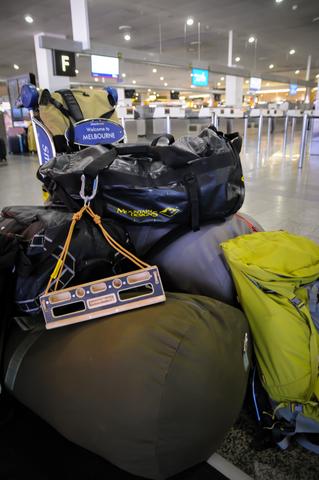 Certainly, the larger sizes of Cliffboards offer increasing versatility, the trade-off being in size and weight. For the travelling climber, the difference between the Mini and Micro is negligible with a mere 150g separating the two. But in terms of bulk, the difference is more noticeable. As you can see from our luggage, we didn’t have much room to spare, and the Micro packs effortlessly into even my smallest crag bag.
Certainly, the larger sizes of Cliffboards offer increasing versatility, the trade-off being in size and weight. For the travelling climber, the difference between the Mini and Micro is negligible with a mere 150g separating the two. But in terms of bulk, the difference is more noticeable. As you can see from our luggage, we didn’t have much room to spare, and the Micro packs effortlessly into even my smallest crag bag.
Given the choice of the two, I would probably stick with what I know and pick the Micro. It’s got all the features I need and no filler. It’s light and, above all, compact. I asked Josh for his opinion also, and he seemed to feel similarly.
“The Mini definitely has a few more options,” Josh said. “More advanced athletes might need those additional options, but both boards are great options for the everyday climber.”
Price
Perhaps another deciding factor in which board you choose might be the price. The Micro goes for $119.95 a throw, and the Mini for $139.95. Not a huge difference there, but something to consider for the tight-fisted (e.g. me).
Suggested Improvements
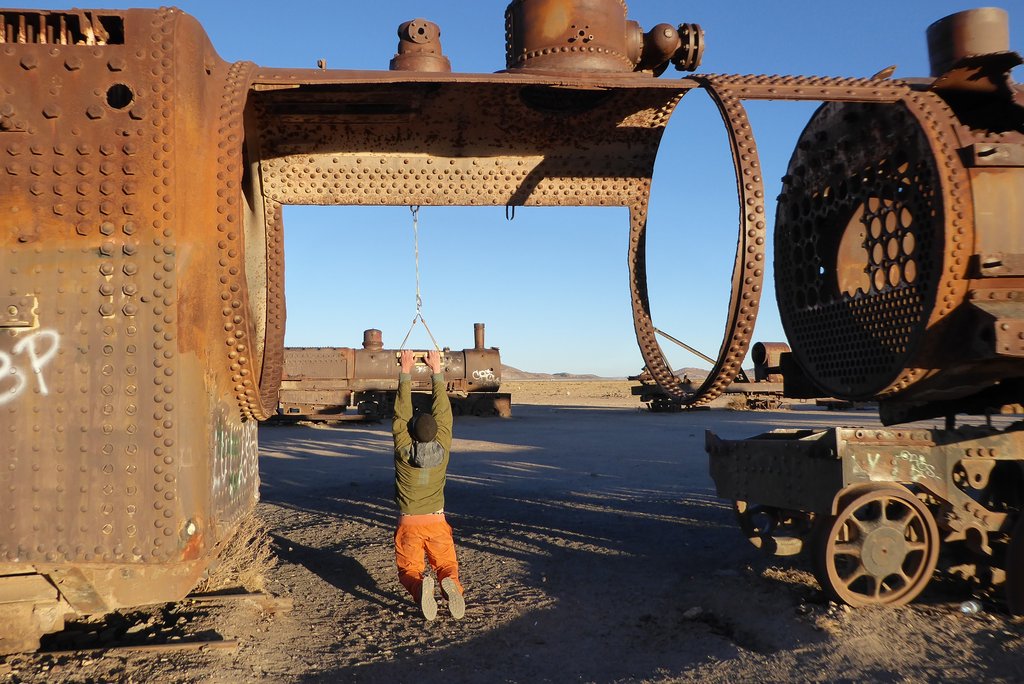
Regarding the construction and configuration of the Cliffboard, I have zero complaints. Ross describes himself as “a perfectionist, obsessed with quality”, so very little has escaped his notice. Rather, my suggested improvements are more of an indictment of my own shortcomings rather than those of the board.
Throughout my time in South America, I have had trouble hanging the board. This is for two reasons:
- I am unable to trust the structural integrity of any building/structure/edifice on the continent
- There are no trees in the alpine
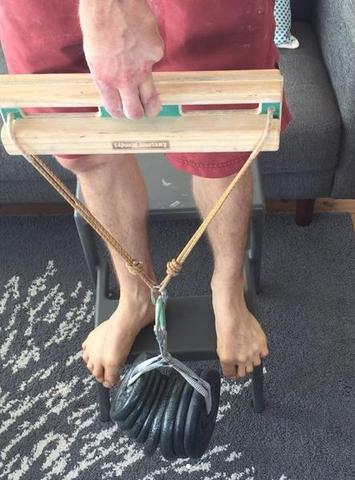 To contribute to this problem, I have a total and apparently incurable lack of creativity when it comes to climbing training. This became apparent to me when I saw Tom O’Halloran’s ingenious alternative Cliffboard mode – hang some weights off it. I never would have thought of that.
To contribute to this problem, I have a total and apparently incurable lack of creativity when it comes to climbing training. This became apparent to me when I saw Tom O’Halloran’s ingenious alternative Cliffboard mode – hang some weights off it. I never would have thought of that.
So, my suggestion - more like that. I’d like to see some “How to use your Woody” propaganda or (dare I say this) some Crossfit-style “Workout of the Day” type posts, for dissemination by FB, Instagram, email, carrier pigeon, whatever. This would help dullards like me make better use of the woody.
In some circumstances, Josh found that he had to detach the mallion so that he could hang the board from both strands in order to stop it spinning. This is a minor embuggerance, but those wishing to avoid the matter entirely could permanently run with a carabiner on each strand.
Summary
For the travelling climber, the Cliffboard is a perfect companion. Which variant you choose will depend on your needs, but for me, the most compact version also had the most pleasing price.
Ryan Siacci, Esq.
September 2018
Looking for more great reads? Subscribe to our newsletter to stay up to date with the latest climbing tech, crag recommendations and upcoming events.

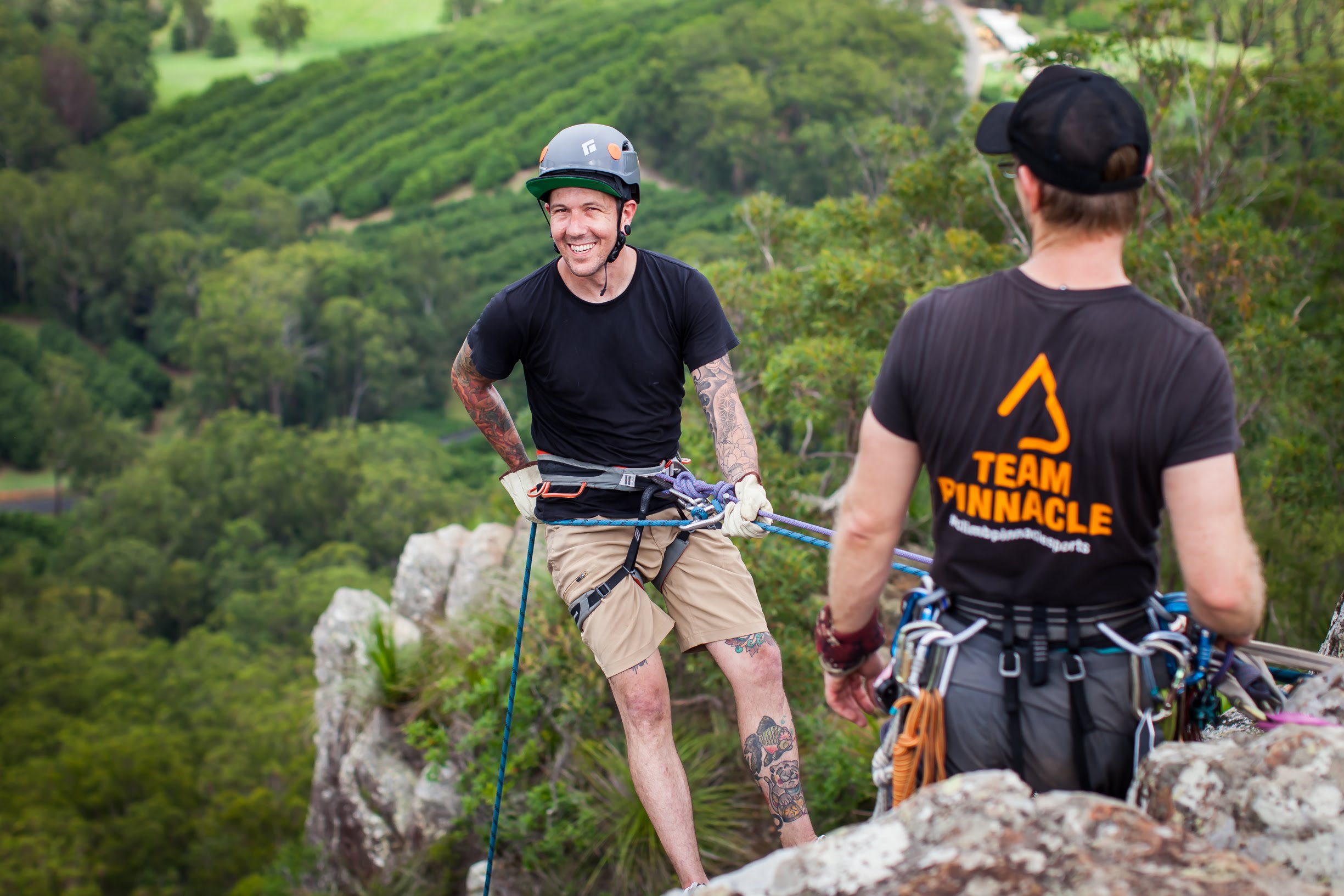


 Certainly, the larger sizes of Cliffboards offer increasing versatility, the trade-off being in size and weight. For the travelling climber, the difference between the Mini and Micro is negligible with a mere 150g separating the two. But in terms of bulk, the difference is more noticeable. As you can see from our luggage, we didn’t have much room to spare, and the Micro packs effortlessly into even my smallest crag bag.
Certainly, the larger sizes of Cliffboards offer increasing versatility, the trade-off being in size and weight. For the travelling climber, the difference between the Mini and Micro is negligible with a mere 150g separating the two. But in terms of bulk, the difference is more noticeable. As you can see from our luggage, we didn’t have much room to spare, and the Micro packs effortlessly into even my smallest crag bag.
 To contribute to this problem, I have a total and apparently incurable lack of creativity when it comes to climbing training. This became apparent to me when I saw Tom O’Halloran’s ingenious alternative Cliffboard mode – hang some weights off it. I
To contribute to this problem, I have a total and apparently incurable lack of creativity when it comes to climbing training. This became apparent to me when I saw Tom O’Halloran’s ingenious alternative Cliffboard mode – hang some weights off it. I 



